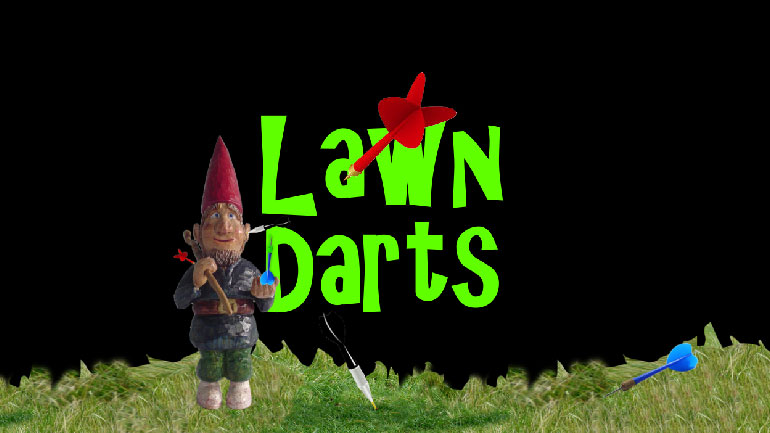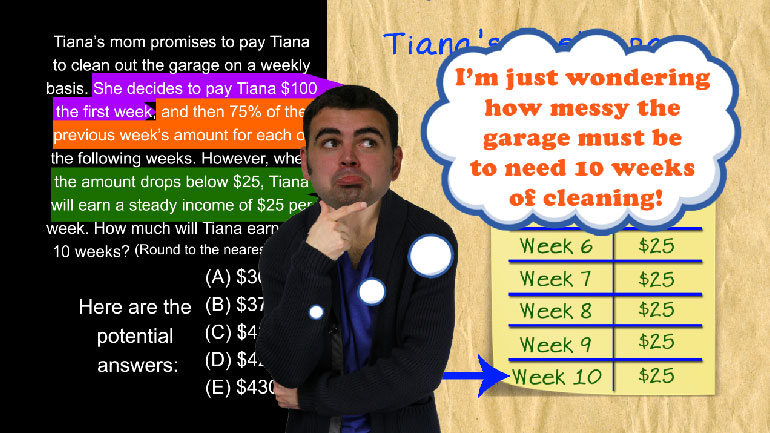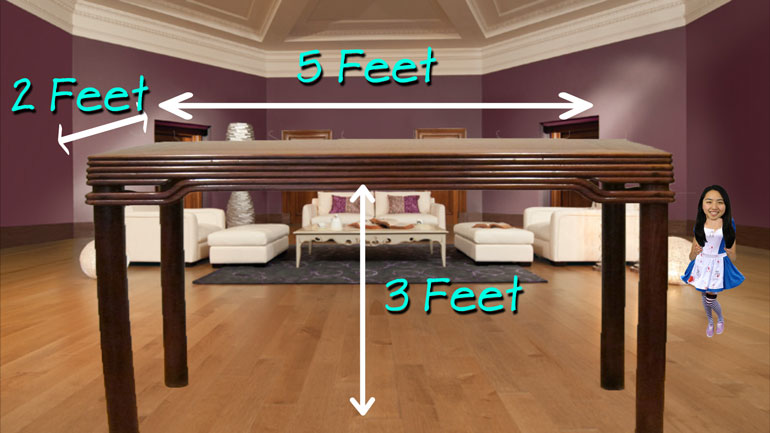ShmoopTube
Where Monty Python meets your 10th grade teacher.
Search Thousands of Shmoop Videos
Math Videos 1247 videos
Who wants to be a millionaire? In this video, learn about compound interest, interest rates, and the compound interest formula. You'll be buying th...
ACT Math: Pre-Algebra Drill 5, Problem 2. If a and b are prime numbers, how many factors does ab have?
We don't like knocking people down to size, but we do like simplifying radicals. Join us?
CAHSEE Math 3.3 Mathematical Reasoning 222 Views
Share It!
Description:
Mathematical Reasoning Drill 3 Problem 3. When adding these fractions without finding the lowest common denominator, which of the following is the best estimate of the exact sum?
Mathematical Reasoning Drill 3 Problem 3. When adding these fractions without finding the lowest common denominator, which of the following is the best estimate of the exact sum?
Transcript
- 00:03
Here's a shmoopy question you'll find on an exam somewhere in life.
- 00:07
When adding the fractions 3/7, 5/9 and 6/11 without finding the lowest common denominator,
- 00:14
which of the following is the best estimate of the exact sum?
- 00:18
And here are the potential answers...
- 00:23
Looks like this question is testin’ our estimatin’ skills.
Full Transcript
- 00:27
Basically, we just have to look at each of
- 00:29
the fractions and come up with a rough estimate for how close they are to 1/9, 1/3, ½ or 2/3.
- 00:37
3.5 sevenths would be a half, so 3 sevenths is slightly under.
- 00:42
4.5 ninths would be a half, so 5 ninths is slightly over.
- 00:49
Anyway. You get the idea.
- 00:51
The answer is a bunch of halves… or C.
Related Videos
CAHSEE Math: Algebra and Functions Drill 5, Problem 3. Solve the equation.
Statistics, Data, and Probability I: Drill Set 1, Problem 1. What is the mean yearly salary?
Statistics, Data, and Probability I: Drill Set 1, Problem 2. What is the median length of these writing utensils?
CAHSEE Math Statistics, Data, and Probability I: Drill Set 1, Problem 3. The mode of the number of days in each month for a single non-leap year is...
Statistics, Data, and Probability I: Drill Set 1, Problem 4. How old was the final person to join?






































































































